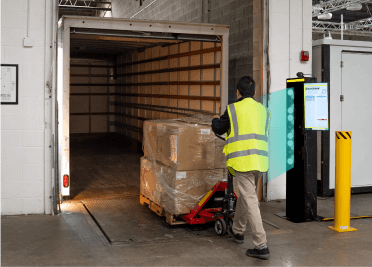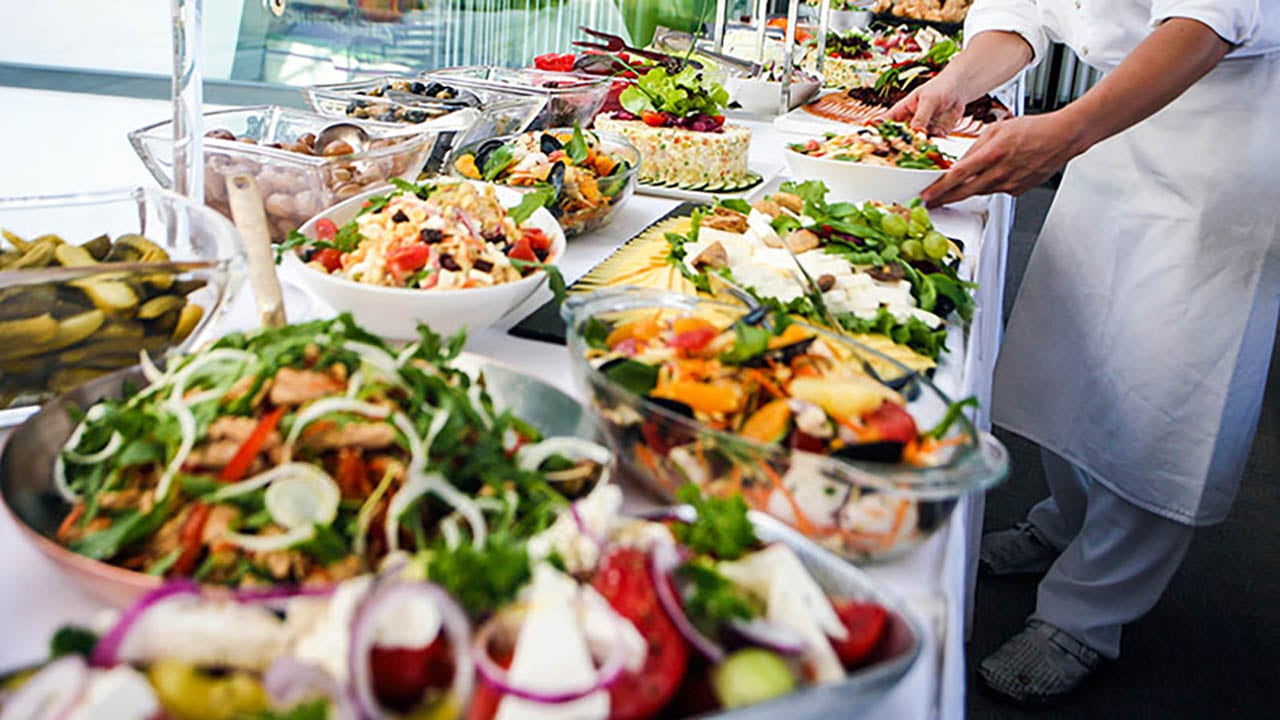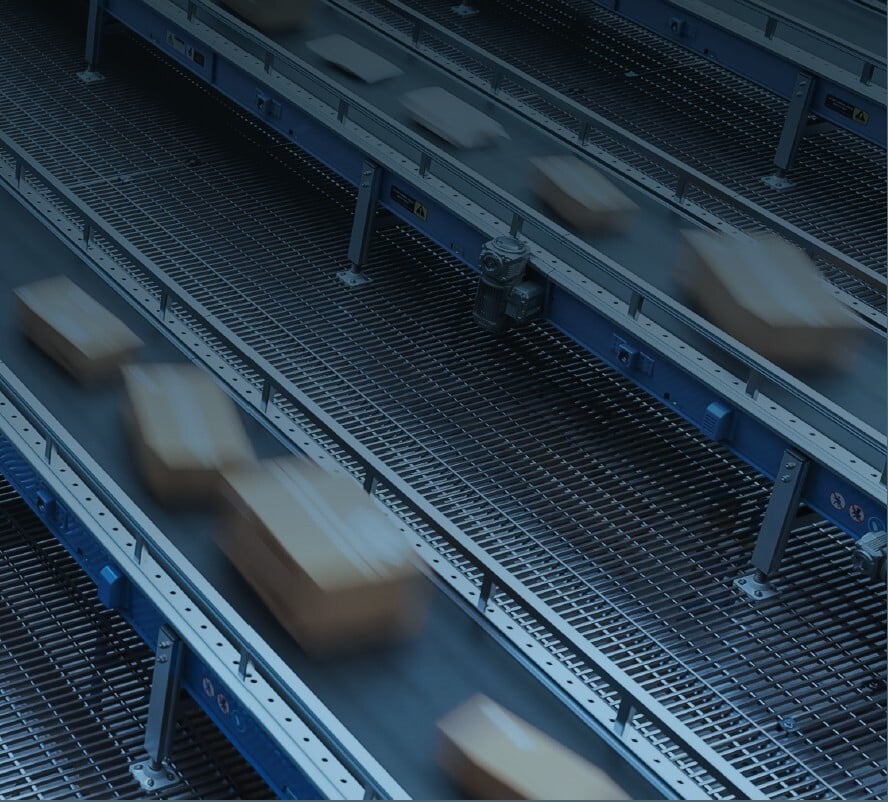When a food contamination incident occurs, the public should not have to wait a month or more for producers to investigate and/or confirm quality levels, as we’ve experienced many times over the past several years in Europe and North America. Nor should there be any opportunity for unverified finger pointing regarding the source of contaminated foods. Yet, the lack of an easily reviewable paper trail – or the lack of a paper trail, period – breeds multiple accountability issues in today’s multi-layered food supply chains. Inconsistent reporting processes also drive the frequently slow response rates to outbreaks, causing products to linger on the market for a dangerously long period of time before full recalls can be enacted. This has brought the entire global food industry under intense scrutiny for its quality management practices, leading many quality-committed organizations to make proactive investments in technology-based inspection and reporting systems in anticipation of more stringent standards.
In fact, some of the world’s top food producers – including organic farmers and cattle ranchers – are turning to these five technologies to manage their geographically widespread operations and improve quality control processes:
- Tablets and handheld mobile computers
- Barcode scanners and labeling applications
- RAIN RFID
- Temperature monitoring and sensing technologies
- Blockchain/digital ledger technology (DLT)
They understand that, although agriculture may always be a manually labor-intensive business, there are great benefits posed from the widespread integration of technology. One of them is the prevention of foodborne illness or disease through more actionable, technology-derived intelligence.
Take Sukarne de Mexico. It is the oldest working ranch in Mexico (founded in the 1700s), and it is the one company responsible for producing two-thirds of the meat-based protein for Mexico today. It has also grown to become the fifth largest provider of beef, chicken and pork in North America. Given the implications of a contamination in the competitive modern-day economy, Sukarne knows it can’t afford to misstep when it comes to quality control monitoring. That is why it invested in a rugged tablet-based mobility solution a few years back to improve the oversight and reporting of ranching operations. Many of its veterinarians and technicians are now equipped with Zebra rugged tablets, which allow them to measure and document on the spot the health of the animals located on the company’s hundreds of ranches in Mexico. The tablets also allow Sukarne to remotely monitor cattle feed stations for mix, weight and temperature and flag issues immediately.
And, just last year, South Carolina State University (SCSU) selected a Zebra RAIN RFID solution to provide small, local farmers and their partners with enterprise-class insights into their supply chains. The university is developing techniques for tackling quality and safety challenges that farmers and distributors face within the supply chain, including spoilage and leakage as well as threats from terrorism. They want to help secure South Carolina’s agricultural resources in some of its most vulnerable areas and help farmers improve processes so they can consistently deliver quality produce to market.
Built using Zebra RAIN RFID readers and barcode scanners, the automated solution replaces manual, pen-and-paper record keeping and reporting so that farmers – as well as state and federal agencies, distributors, seed suppliers and consumers – have visibility into crop handling and delivery from seed to table. Because RAIN RFID technology is integrated into each step of the supply chain, stakeholders can track key food safety metrics at all times, including quantities, as well as where food products are stored and exchanged.
However, the benefits of technology aren’t exclusive to the agricultural sector. Any food that’s harvested or produced – whether in a field or factory – is subject to strict safety and quality regulations. And consumers want more transparency into the entire supply chain process. In fact, 70% of consumers surveyed for Zebra's most recent Food Safety Supply Chain Vision Study said that how food is manufactured, prepared, and handled is highly important to them, and only 20% of consumers on average place complete trust in companies and brands to ensure food safety.
Track and trace technologies can go a long way to providing oversight of all transactions, at all touchpoints, from the point of production to the point of consumption. But technology utilization is still somewhat limited. In that same study, only 31% of food and beverage industry decision makers said they currently use RFID tags even though 41% acknowledged that it improves food traceability better than any other technology.
CHANGE IS COMING: HOW FOOD INDUSTRY LEADERS ARE WORKING TO EARN CONSUMERS’ TRUST
The good news is that 93% of food and beverage industry decision makers plan to increase their investments in food monitoring tools, and 21% percent expect to operate more predictively over the next five years (which is a 62% increase from where they are today).
In more specific terms: approximately 90% expect to use rugged handheld mobile computers with scanners, rugged barcode scanners and mobile barcode label/thermal printers to digitally manage and track food products and related information. Blockchain, RFID, temperature monitoring and sensing technologies, and predictive analytics are also expected to see greater usage.
Why these technologies?
Simply put, we need a better way to monitor food production and track the movement and handling of goods from farm to table. And the establishment of electronic business management systems makes it easier to manage and record every handoff, inspection, issue and resolution across geographically dispersed supply chains:
- RFID tags; RFID-enabled, rugged handheld mobile computers with barcode scanners; and thermal printers together can empower food inventory handlers to report actions taken at each touchpoint and confirm the current status of items – assuming the right specialty labels and tags are being applied to assets along the way.
- Blockchain and DLT allow for the creation of a single, irrefutable, easily trackable “paper trail” from end to end. In fact, they work in a somewhat circular manner to ensure transparency, enhance security, build trust, heighten traceability and improve collaboration among all farm-to-fork or factory-to-fork stakeholders – to include retailers and consumers.
- Electronic temperature sensors that use Bluetooth® or Wi-Fi technology log data and report pallet or package temperatures while items are in transit or storage, while label-based temperature indicators monitor item-level temperature from the first mile through the last. Both technologies have features that can be used to notify food producers, distributors or consumers if there has been a temperature exposure that may have compromised the quality of refrigerated or frozen items.
- Predictive analytics, powered by the visibility provided by these technologies, enables decision makers to improve their strategies, optimize transportation efficiency, and tighten loopholes in tracking and traceability.
Supply chain operations are, in essence, an exercise in trust: “I trust that my partners will get the right items to the right place at the right time and at the quality level demanded.” But that trust can quickly waver if the data used to inform those decisions is not captured, aggregated and shared using “best effort” methods.
By injecting the right track and trace technologies into the food supply chain during critical tracking events, a steady stream of trusted, up-to-date information can flow into your back-end systems and then along to partners, regulators, retail and hospitality customers and even consumers. No one has to worry about handling (or losing) a single piece of actual paper ever again. And the likelihood of a quality control issue arising from inspection scheduling delays or incomplete checklists is significantly reduced. Should the safety or quality of an item come into question, inspection history can immediately be verified and its journey traced all the way back to the source. If a recall is deemed necessary, all stakeholders can be promptly notified and swift remedial action taken.
Even better, these technologies help to reduce food waste, which is a significant problem right now. Did you know that approximately $1 trillion of food is lost or wasted every year? The U.N. Food and Agriculture Organization (FAO) says this accounts for roughly one-third of the world’s food, and – if preserved – could feed two billion people! What’s more, 65% of decision makers who responded to the Zebra study report that food waste throughout the distribution network is one of their biggest challenges.
ONE CAVEAT: TECHNOLOGY QUALITY MATTERS TO THE PRESERVATION OF FOOD QUALITY FROM FARM TO FORK
Globalization brings new challenges to food supply chain optimization. It requires compliance with varied regulations and collaboration across borders with decision makers who have diverse priorities. As both populations and international trade grow, particularly in a post-pandemic world, so does the necessity for consistent data, reporting and transparency throughout the supply chain.
Any delay or inaccuracy in data capture and distribution during the food inspection process can be risky. That’s why it’s imperative that any technology you choose to leverage for food supply chain monitoring, inspection, track or trace is purpose built for the environment in which it will be used and seamlessly integrates into the natural workflow. Technology should make workers’ jobs easier, not create more work. It should also eliminate potential points of failure, not introduce new ones.
For example, not all mobile devices are well-suited for agricultural or industrial applications. Sukarne’s cattle ranches are mostly located in the extremely dusty and hot climate of Central Mexico and, in the U.S., produce farms span from the often-freezing Midwest to the heat-laden South. Depending on where you are in the world, you might also have to contend with high humidity, rain, or snowstorms. Don’t forget that your role might also have you traveling between hardened facilities and fully exposed fields multiple times a day. That means that any mobile device used to document harvests, conduct inspections or digitalize other workflows must be intrinsically dustproof, waterproof, shock and vibration-proof and tolerant of extreme temperatures. It must also be resistant to the effects of humidity, drops and fluid contaminants and, of course, be easily readable under direct sunlight.
Therefore, simply adding a “rugged” case to a non-rugged device (perhaps like the one you’re reading this on right now) is not really an option for food producers who are striving for measurable process improvements – not even food and beverage manufacturers with indoor production facilities. There are just as many hazards that affect the performance of mobile devices inside your four walls as there are outside in the fields or feed stations – a fact that Sukarne also understands. That is why the meat producer also used its Zebra rugged tablets to create a sophisticated inventory control system versus settling for another data collection and workflow management option. Its products need to move quickly to stay fresh, and the rugged tablets enable Sukarne to coordinate the movement of the meat along the factory line, in and out of refrigerated areas and onto the trucks for distribution with precision timing. Workers also use the Zebra rugged Android™ tablets to conduct multiple, real-time quality control inspections along the way.
At the same time, blockchain and DLT solutions only payoff if they actually deliver on their value proposition: providing immutable data. This requires strategic architecture decisions that compel supply chain partners to contribute to the digital record. For example, what Zebra has learned in working with customers and strategic collaborators such as IOTA is that a blockchain traceability application programming interface (API) needs to provide instant compliance for industry-wide mandates. That means it should automatically record and retrieve events on a secure blockchain ledger, on your behalf, without any coding or system integration. However, the API alone won’t deliver the insights required to build trust. You also need the right technologies in place to successfully:
- print and adhere a barcode label or RFID tag to establish identity,
- scan barcodes as items go through the supply chain, and
- read RFID tags as items arrive at their destination.
And, when it comes to RFID, not all technologies are created equal. As Kent Landry reminded us in his post about today’s burgeoning real-time location and tracking solutions, “there are multiple flavors of passive and active [RFID] sensors and technologies and a whole host of tagging and scanning solutions, each of which work in a different way to confirm the temperature or absolute location of the people, equipment and/or materials needed in order to complete a task or inform a decision at any given moment.”
In fact, choosing the wrong labels, tags or sensors for your RFID, scanning, temperature monitoring, and mobility solutions can make it even more difficult than it already is to manage quality monitoring and safety compliance efforts. For example, not all labels will adhere – and remain adhered – when applied to cold surfaces. If the wrong label is used and it falls off, an item might not be identifiable as it moves through the supply chain and will have to be removed from distribution. If this is a frequent occurrence, entire operations could be shut down. That is why it is important to use adhesives designed for application to cold surfaces. You want to preserve visibility, accountability and safety as each item travels from the point of production to the point of consumption. Check out this detailed guidance from supplies expert Craig Swanson on how to pick the right supplies for your track and trace solution.
You should consult with technologists to understand which type of hardware, software and supplies are most applicable to your operations and which will perform best in specific workflows.
THE TAKE-HOME MESSAGE
Comprehensive information and transparency will help identify supply chain blind spots, improve food quality and quell public health scares. Technology experts must work with food producers and distributors to implement robust digital solutions that can modernize food inspection processes, improve the accuracy and timeliness of data collection, and facilitate real-time track and trace to maintain accountability.
Embracing mobility solutions such as rugged handheld mobile computers, tablets and barcode scanners is a good first step. But, once those foundational components are in place, we need to move quickly toward the implementation of RAIN RFID, blockchain and temperature sensing solutions that can:
- automate data capture throughout the entire supply chain.
- provide full visibility into the execution of quality control measures.
- improve compliance with food safety and quality guidelines.
- verify that the cold chain is being maintained.
- make it easy to track product perishability.
- reduce food waste.
- expedite lot recalls when needed.
- create a single, trusted source of truth about the handling and movement of inventory from farm or factory to fork.
It’s the best way to achieve the full-scale traceability and transparency needed to restore consumer confidence in food quality and safety.
To learn more, contact our AbeTech Solution Experts today!










